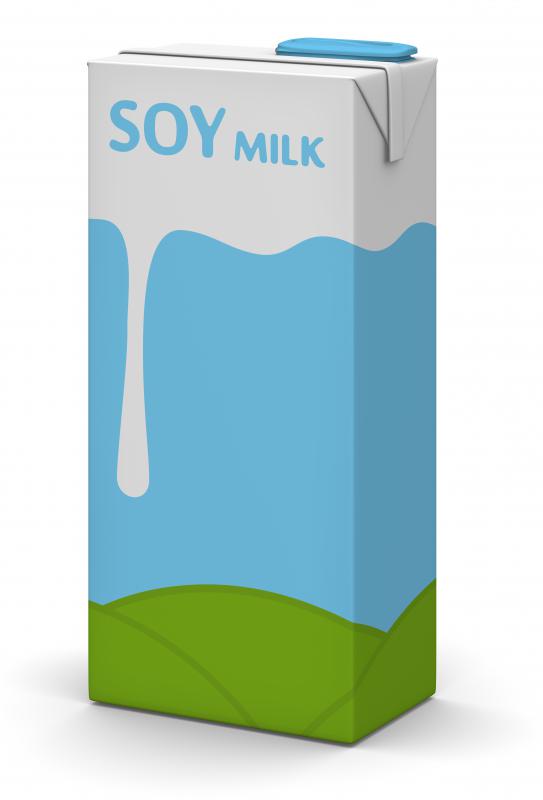At DelightedCooking, we're committed to delivering accurate, trustworthy information. Our expert-authored content is rigorously fact-checked and sourced from credible authorities. Discover how we uphold the highest standards in providing you with reliable knowledge.
What Is Lactose-Free Yogurt?
Yogurt, a fermented food made from goat's, cow's or sheep's milk, contains a sugar named lactose which can be hard to digest for those suffering from lactose intolerance. A lactose-free yogurt is often made without animal dairy, using alternatives such as coconut, almond and soy milk. Some yogurt manufacturer's can mechanically separate the lactose from yogurt to make a lactose-free yogurt, or they can add lactase to the milk to ease digestion worries for those with milk allergies and intolerances. Many of these yogurts contain probiotics, good bacteria for the colon and immune system, to resemble traditional dairy yogurt.
Traditional dairy from cows or goats contains a naturally occurring sugar called lactose, a sugar very hard to break down for those with lactose intolerance. This sugar is broken down by lactase, a natural enzyme in the body that most of these individuals do not produce enough of on their own. Many of the alternative yogurts for those with lactose-intolerance are made from dairy alternatives, like soy or almond milk. Since these milks do not have the lactose sugar, they cannot ferment or thicken like normal yogurt without the help of additional sugar and food-grade stabilizers.

In some cases, manufacturers of lactose-free yogurt simply remove the lactose from the yogurt itself. Since yogurt needs some form of sugar to help with the fermentation process and the production of probiotics, a small amount of sugar is added to these yogurts. For those suffering from a less severe case of lactose intolerance, it might be possible to consume lactose-containing yogurt that has had lactase added to the dairy to help break down lactose. This makes it easier for the yogurt to ferment and good bacteria to form since the naturally occurring sugar is still present.

Lactose-free yogurt can easily be used in cooking and recipes, such as creamy sauces or smoothies, without compromising taste or causing digestive upset. The probiotic content in lactose-free yogurt may help in relieving digestive upset in some cases, as this form of good bacteria is needed in adequate amounts for breaking down food and other substances. It is possible for an individual to make his or her own lactose-free yogurt at home, yet this requires access to non-dairy milk and yogurt starter kits. If this option is used, it is important to prepare the yogurt in a clean kitchen, as cross contamination with other lactose-containing foods may become an issue.
AS FEATURED ON:
AS FEATURED ON:















Discuss this Article
Post your comments